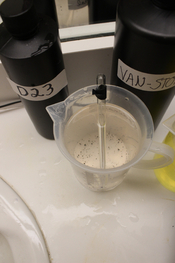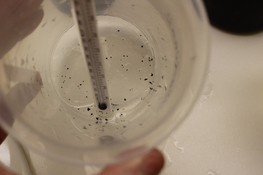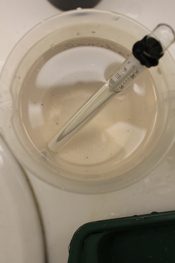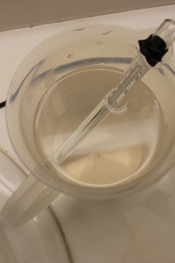What About Bob
Subscriber
As they say there is always a first time for everything. This is what I witnessed while pouring my developer back into its graduate after developing. Anybody have an idea what those black specks are all about?
I mixed up some D23 four days ago. The D23 looked fine before it entered the tank. I shot a roll of Kentmere 100 in 120 format for the first time today. The film is now being hung to dry. I will not know if the specks could have done any harm. The exposures look good, at least.
There wasn't an entry at the MDC for Kentmere using D23 so I used the D76 times, like I did in the last session with the FP4 plus, and gave a 9 minute developing time instead of 11.5 because I exposed Kentmere at 50.
I mixed up some D23 four days ago. The D23 looked fine before it entered the tank. I shot a roll of Kentmere 100 in 120 format for the first time today. The film is now being hung to dry. I will not know if the specks could have done any harm. The exposures look good, at least.
There wasn't an entry at the MDC for Kentmere using D23 so I used the D76 times, like I did in the last session with the FP4 plus, and gave a 9 minute developing time instead of 11.5 because I exposed Kentmere at 50.














